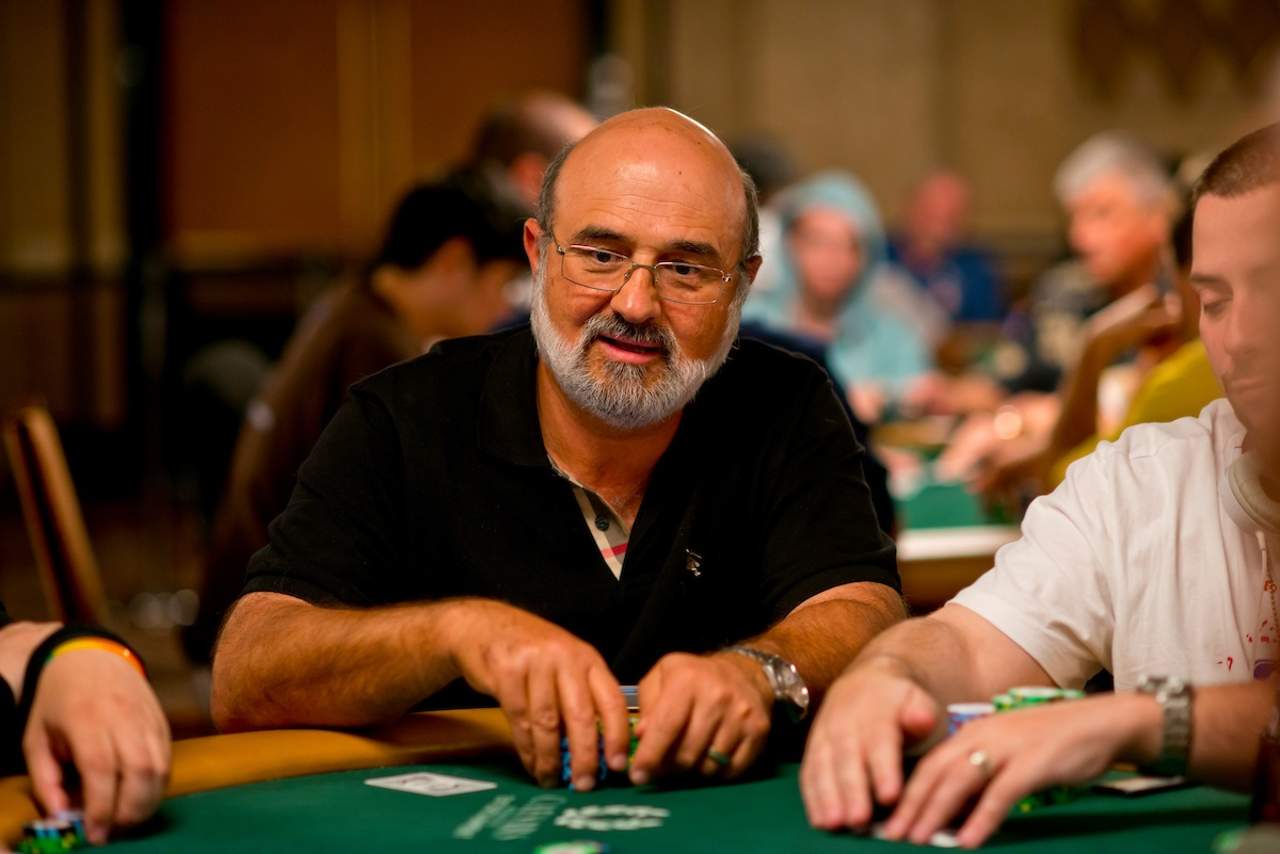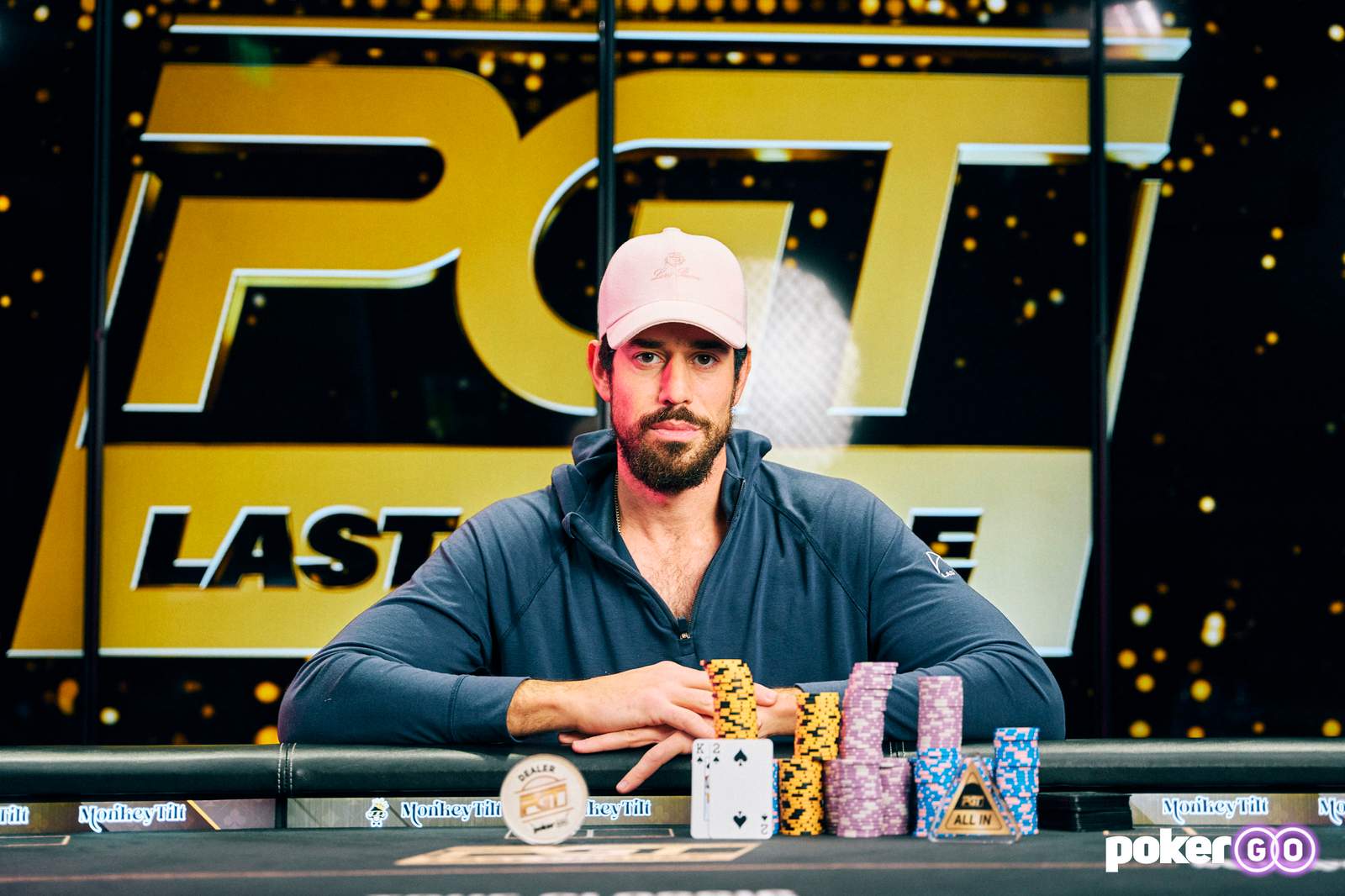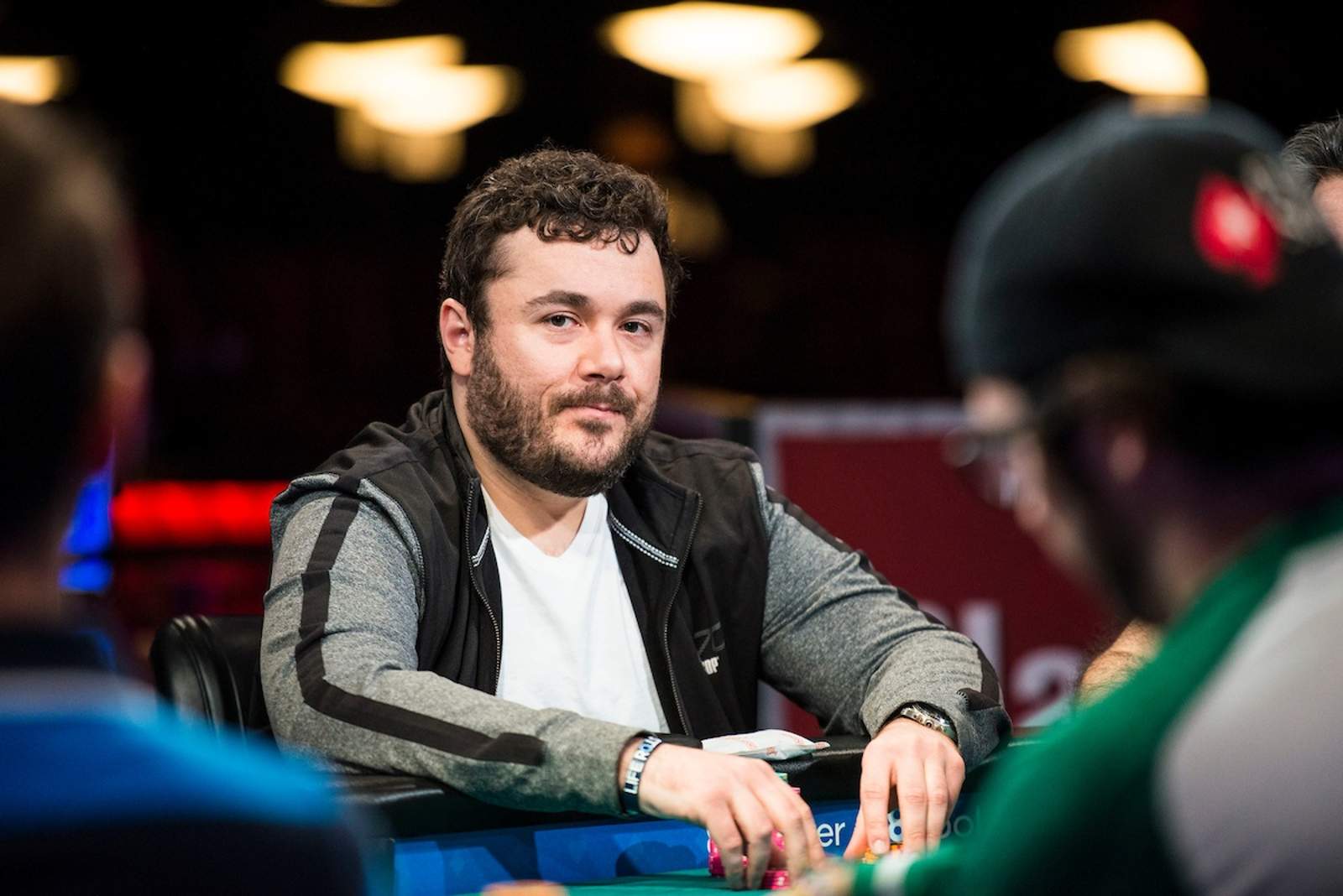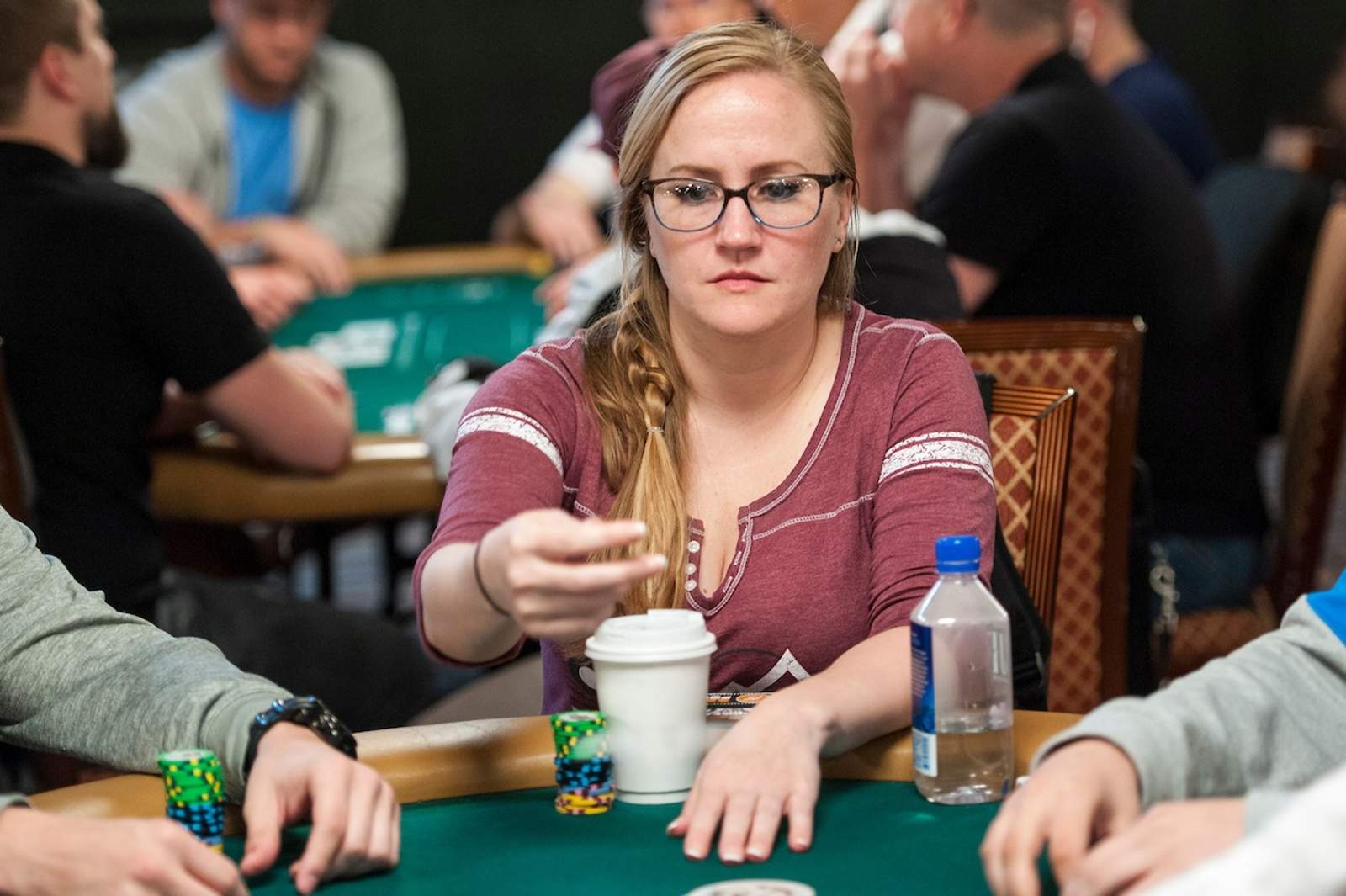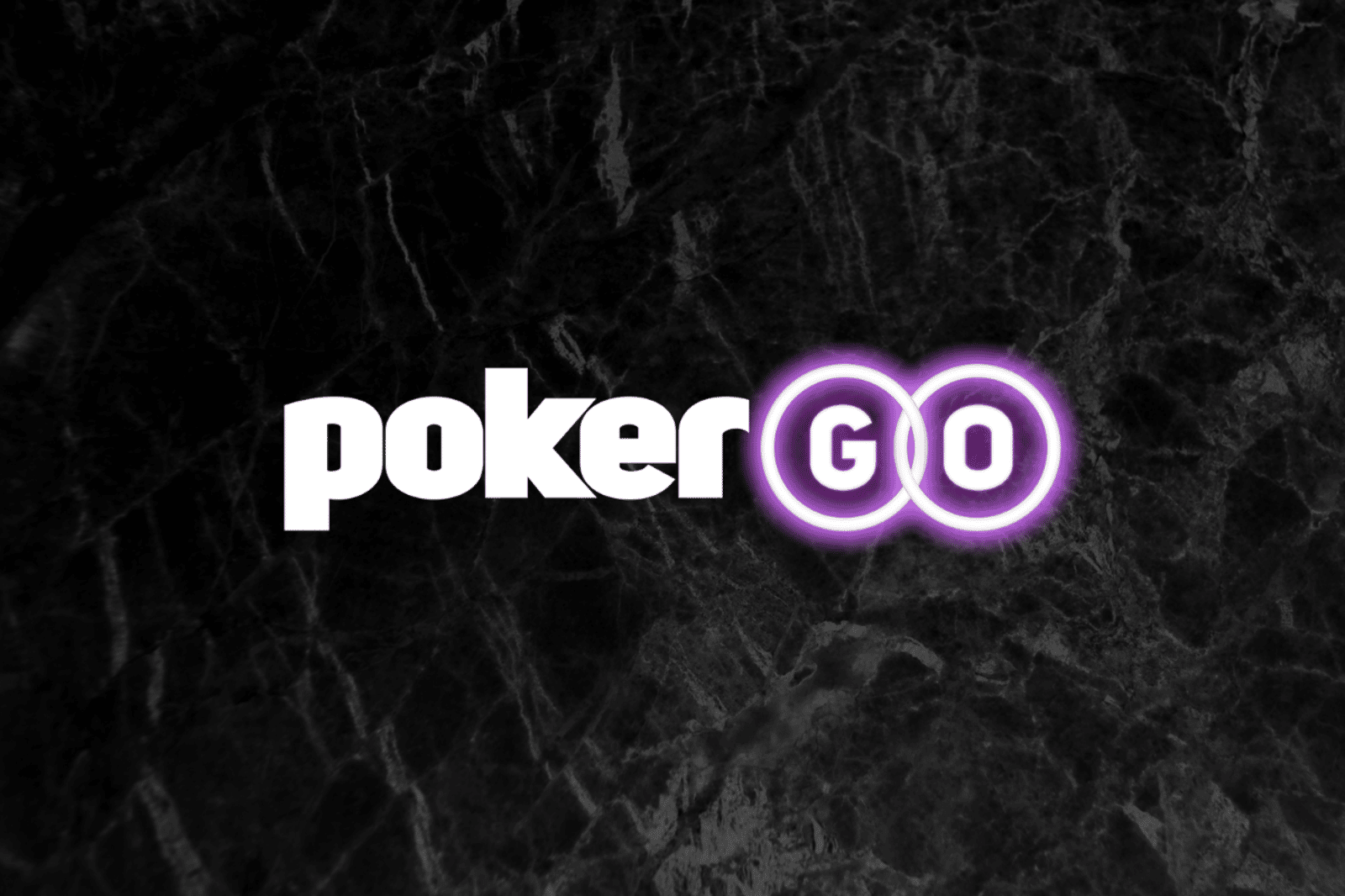Related Articles
Nick Schulman Wins PGT Last Chance Event #6 for $161,500
WSOP Europe Streaming on PokerGO
Part 1 of the story can be found here.
Eskandani credits this to an amazing team of sports producers. He realized everything was going to compete with other professional sports productions when it aired. “It had to be a sports show,” he said. “I was lucky enough to run into a lot of talented sports producers and I’d discuss a vision with them. Then in total disbelief, it would come to life.”
“It’s still hit or miss – don’t get me wrong,” he laughed. “I can have some crazy ideas and throw it at the guys and they’ll either advise me right off the bat if it’s a non-starter or let’s give it a shot. Sometimes it doesn’t make sense and gets thrown away.”
“Producing sporting events – making poker look like a pro sports event is pretty fascinating,” Eskandani continued. “There’s been a lot of development, changes and u-turns made in poker to be where it’s at today. We can see shows like “Super High Roller Bowl” or “World Series of Poker” and it’s just different to “High Stakes Poker” and “Poker After Dark.” The story telling on these new big events are mostly very similar to any major sports broadcast.”
Mori with WSOP Officials Jack Effel and Seth Palansky at 2015 Hall of Fame. (Photo: PokerPhotoArchive.com)
Throughout his career Eskandani has dealt with nearly every professional poker player that ever got TV time. He’s logged thousands of hours on set recording hundreds of episodes all while managing the biggest egos in the game.
Poker players have notorious egos, inflated by money and devastated by losses. Juggling the biggest players in the world on one hand, while comforting the ego of the biggest loser of the day was something that came naturally to Eskandani.
“If you understand someone then you can manage anyone’s ego,” Eskandani said. “If you can put yourself in their shoes you can manage it. To me, that was second nature. I’d like to say I never really had an ego – I really believe this. I know it’s impossible and maybe a ridiculous statement because everyone has an ego.”
“But I never had an ego that you’d see in some of the notables out there, but I also know where the come from,” said Eskandani. “I dealt with that for 20 years while I was playing. I know how to handle it. Many times, it just takes being lighthearted with them. Don’t take them seriously and make them understand that you not taking them seriously is not a disrespect.”
“It’s just part of moving the whole thing forward, the process of filming. Shows have to start a 2 pm because you have a production crew of 60-70 people,” he said. “Cards hit the air at 2 pm sharp, You can’t be late. I had to get that across over and over and over.”
“One time a guy actually reached in his pocket and took out two flag chips ($5,000) and said he’d pay for the hours,” Eskandani chuckled. “It’s not the hours, it’s not the overtime – yes, it’s costing money, but I’m asking you for you to be respectful to everyone’s time, not money.”
“There were five players sitting around a table – they got here on time. They did their makeup, their interviews and one guy just overslept? Did I have a few of those?”
“Yeah, I did. I know this is really sick but in a weird way I enjoyed dealing with that kind of stuff,” he said. “You can’t be in poker if you don’t have some kind of sickness or a sense of humor – if you don’t, then you’re in trouble.”
Mori in America in the 70s. (Photo: M. Eskandani)
After 32 years in the poker industry Eskandani was more than deserving for his Lifetime Achievement Award. But, who would a guy that’s seen it all give a Lifetime Achievement Award to?
“Over the course of the years that I’ve played poker I always had the greatest admiration for the few players I knew that came in day after day, grinded away and took care of business. They took care of their family, their friends and their own life. They treated the game with respect.”
“I still see some of those grinders when I go to the room every once in a while. I see them sitting and doing the same thing for the past 32 years,” he said. “My hat’s off to them, I couldn’t do what they do for that long – I couldn’t.”
“They’re not really deviating their limits, they’re playing anywhere from $20/$40 to $80/$160 with no huge fluctuations,” said Eskandani. “They’re not looking to play in the nosebleeds, but day in, day out they’re still at it. I have a lot of admiration for them.”
Reflecting on his lifetime in poker and legacy Eskandani finds solace that after everything is said and done in his career that he’ll never forget the game.
“I’ll never forget the game, it’s all about the game. Poker offers something that when you truly understand it and dig into it, it’s so beautiful,” he said. “It’s mind-blowing. It will enhance your own life; you don’t have to be a professional at it. Poker offers so much more, more than any other game I’ve played.”
Related Articles
Nick Schulman Wins PGT Last Chance Event #6 for $161,500
WSOP Europe Streaming on PokerGO
Jamie Kerstetter: Underdog Lawyer in the Main Event
Hellmuth Bash Hits The Vault on PokerGO



